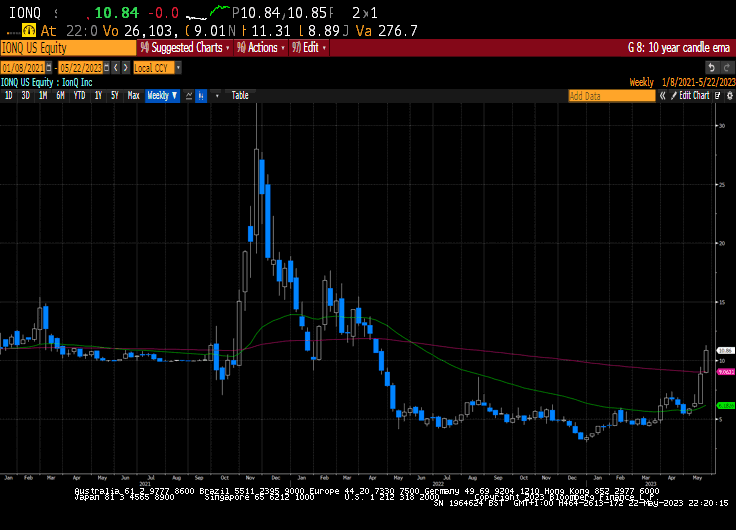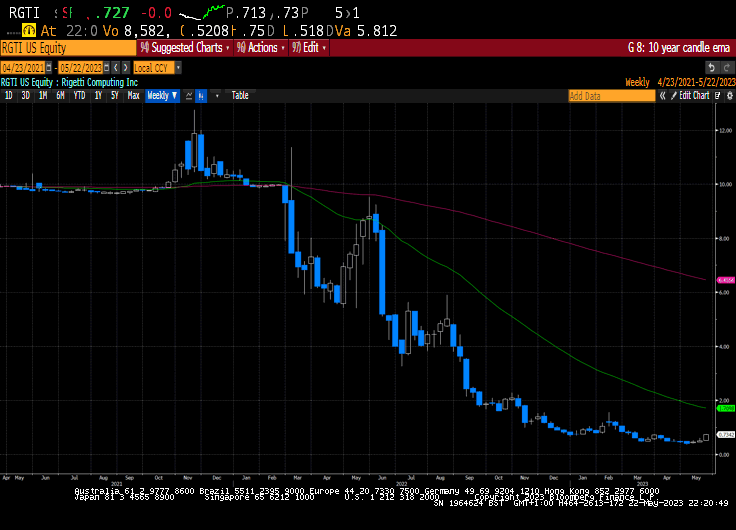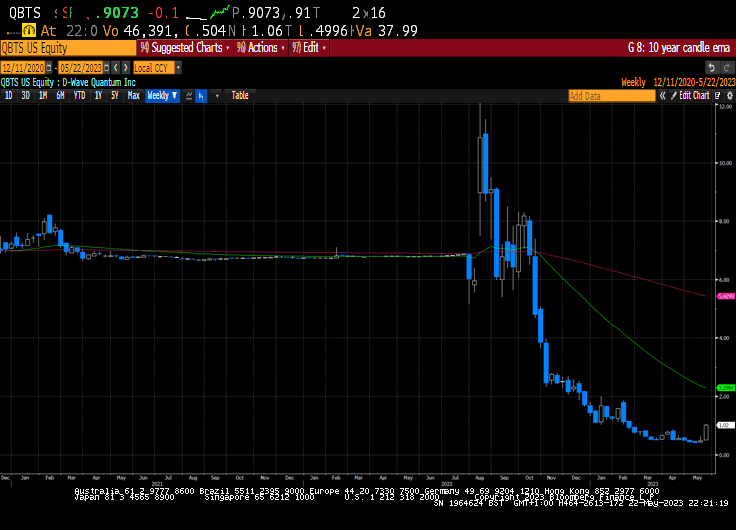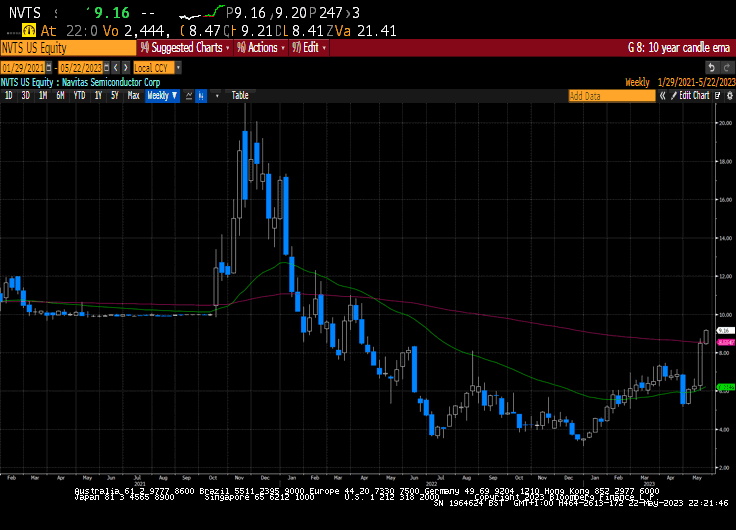New type of quasiparticle emerges to tame quantum computing errors
Thanks to a subscriber for this technical article may be of interest. Here is a section:
The Quantinuum group, meanwhile, made non-Abelian anyons in a different way. Using the Honeywell 32-qubit H2 quantum processor, which holds ytterbium ions in an electromagnetic trap and alters their quantum states using lasers, they created a quasi-one-dimensional chain of interacting trapped-ion qubits.
Here, the anyons correspond to natural excitations of the ground state of the qubit system – which technically means they are not quasiparticles, since quasiparticles must be excited states. “The Majorana zero modes at the end of superconducting wires in the Microsoft experiment and the lattice defects in the Google experiment are non-Abelian defects,” emphasizes Ashvin Vishwanath of Harvard University, who collaborated with the Quantinuum team. “Unlike our experiment, they are not realized on top of true non-Abelian topological order.”
There is no doubt excitement in the market around what are bleeding edge technologies is heating up. Commentary on quantum computing’s growth rate several years ago was the first time I heard the term exponential exponential growth. Conventional exponential growth is explained as a doubling; 2,4,8,16,32…. Growing by exponents implies 2,4,16,256,65536… I’m not sure reality has kept up with those lofty goals but the pace of innovation is certainly impressive.
Several quantum computing shares IPOed in 2021 and quickly declined. Today’s upward dynamics suggest investor interest in potentially ground-breaking innovation is spreading beyond AI related shares.

IonQ (market cap $2.2billion) completed its base formation today.

Rigetti Computing (market cap $92 million) rallied today to test a two-year sequence of lower rally highs.

D’Wave (market cap $110 million) broke its sequence of lower rally highs.

Navitas Semiconductor (market cap $1.4 billion) completed its base formation last week.


